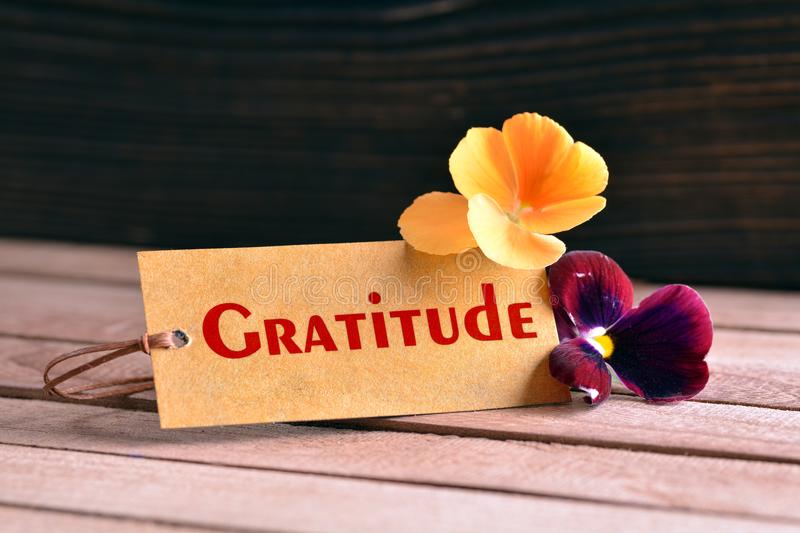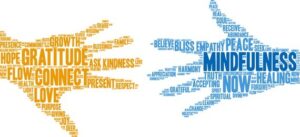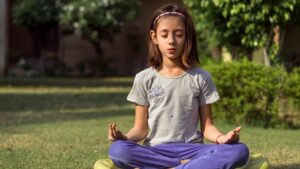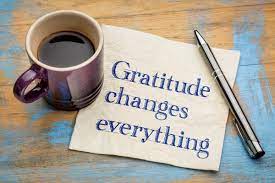Thalia Kostopoulou DDS, MSc, Healthcare-Mentor
Techniques for practicing gratitude
As discussed elsewhere,https://tkhealthmentor.gr/evgnomosini-i-mnimi-tis-kardias/gratitude is beneficial to all aspects of our lives, from having good health and achieving our goals, to mental resilience and balance, and spiritual clarity.
The techniques that follow have been scientifically proven to be effective in helping us feel grateful on a daily basis, reaping the benefits of gratitude.
- 1. Keep a journal. Your Gratitude Journal is a record of events and situations, which you are grateful for. Write down your feelings and thoughts, your accomplishments, your successes. This way, you activate dopaminein your system, one of the hormones of happiness.
Write down the lessons learned from your failures and give yourself a chance to transform negative experiences into positive and constructive ones in the future.
Journals help us focus on our future goals , guiding us towards their achievement.
- 2. A simple and miraculous exercise: before getting out of bed every morning, or before going to sleep each night, think of or write down three good things you have in your life but you tend to take for granted. They don’t need to be of great significance or importance. Some examples: having access to hot water, eating breakfast, enjoying good health, a sunny day, a rainy day, a warm cup of coffee, a hug.
Then take a moment to reflect on the ways you contributed to their presence in your life. From time to time, make a conscious effort so that your thoughts include some challenging situations that, thanks to your shift in perspective, had a positive outcome.
Research carried out in the 2000s by the founder of Positive Psychology, Dr. Martin Seligman, showed that τthose who practiced this simple exercise for 6 months had less depression and experienced higher levels of gratitude and happiness-not to mention the beneficial long-term effects of the exercise.
- Letter of gratitude.Think of a past benefiter, whom you didn’t have the chance to thank. Write a letter expressing your gratitude for what they’ve given you. You can either send it to them or, if you so prefer, read it to them in person. The actual act of writing the letter is a positive in itself.
- Say “thank you” as often as possible,expressing your gratitude for the simple things to those around you. Gratitude and kindness comprise a beautiful combination, which creates a well-being environment in our lives, while attracting the same positive behavior from others towards us.
As a rule of thumb, sharing positive feelings with those around us increases our joy, and enhances our feelings of gratitude, while strengthening our relationships.
5. In the same way you thank your own self, also reward yourself for your accomplishments so far, and for the things you are still trying to accomplish, too. Express gratitude to yourself for your own strengths, abilities and gifts.
- Practice in the here and now – mindfulness. When we focus on the here and now, the problems we really need to address are close to zero. Problems arise either because we fear something bad happening to us that also happened in the past, or because we are scared of something happening in future time. Mindfulness techniques help us feel gratitude and joy in the here and now.
- Gratitude meditation. There are several guided meditations online, but I suggest you experiment with your own one.
Focus on your breathing, give yourself some time to relax, keep thoughts of everyday life out of your mind and get into a meditative mood, exploring the realm of gratitude.
First, allow yourself to feel gratitude, each time you inhale and exhale.
Then, bring a loved one to mind. Visualize them in your arms and enjoy the feelings of love and bliss that this image evokes.
Keep going in the same mood of calmness, peacefulness and bliss, using the instances you’ve recorded from time to time in your gratitude journal.
After having completed the meditative process, keep a note of your feelings and experiences from this exercise in your journal, for future reference and inspiration.







